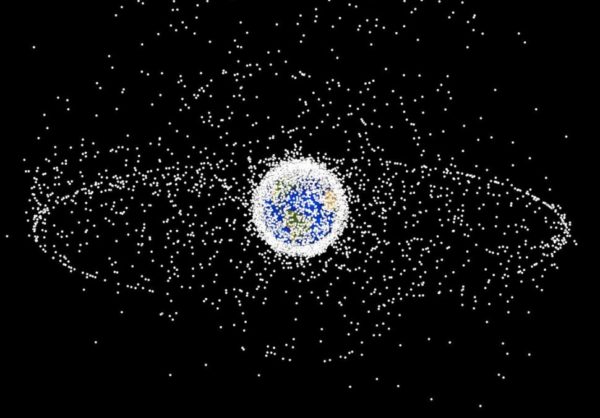
Before humans first started sending objects into Earth orbit, the pocket of space around our planet was clear and clean. But the launch of Sputnik 1 in October of 1957 changed everything. Since then, the space debris has been accumulating, with the amount of useless, defunct satellites vastly outnumbering the operational objects in our orbit.
A new annual report from the European Space Agency (ESA) has found that while we have become aware of the problem and taken steps in recent years to mitigate it, those steps are currently not keeping up with the sheer scale of space junk.
All spacefaring nations have contributed to the problem, which is significant: as more and more defunct objects populate near-Earth space, the risk of collision rises – which, as objects crash and shatter, produces even more space debris.
The hazards have been prominent in the last year. We have not only watched as two large dead satellites very nearly collided, but the International Space Station has had to undertake emergency manoeuvres three times to avoid colliding with space debris.


